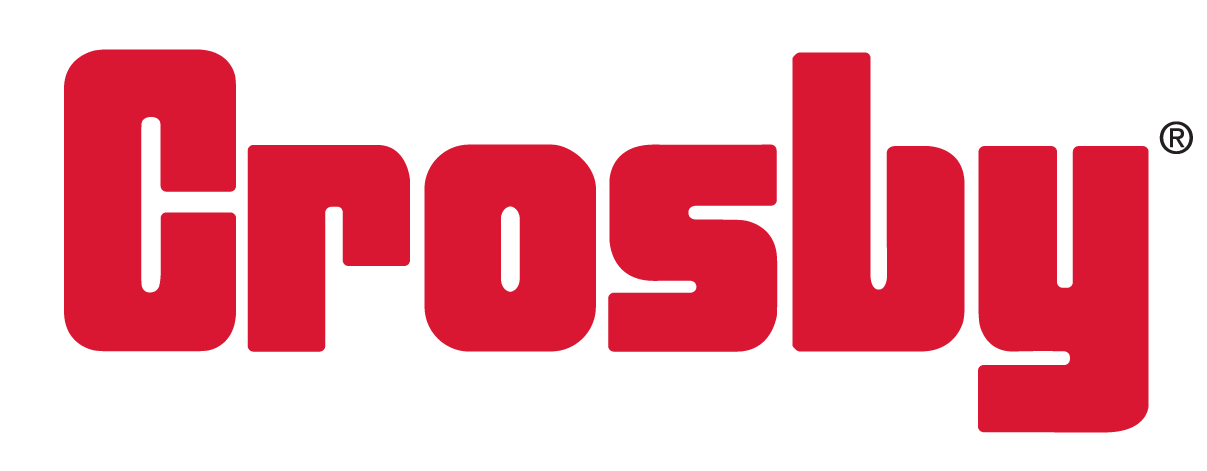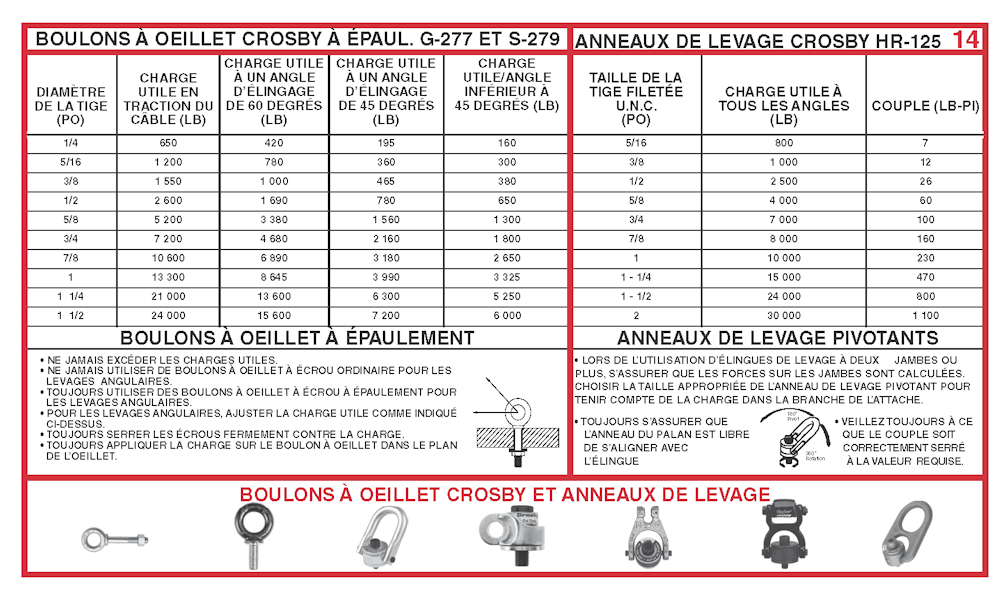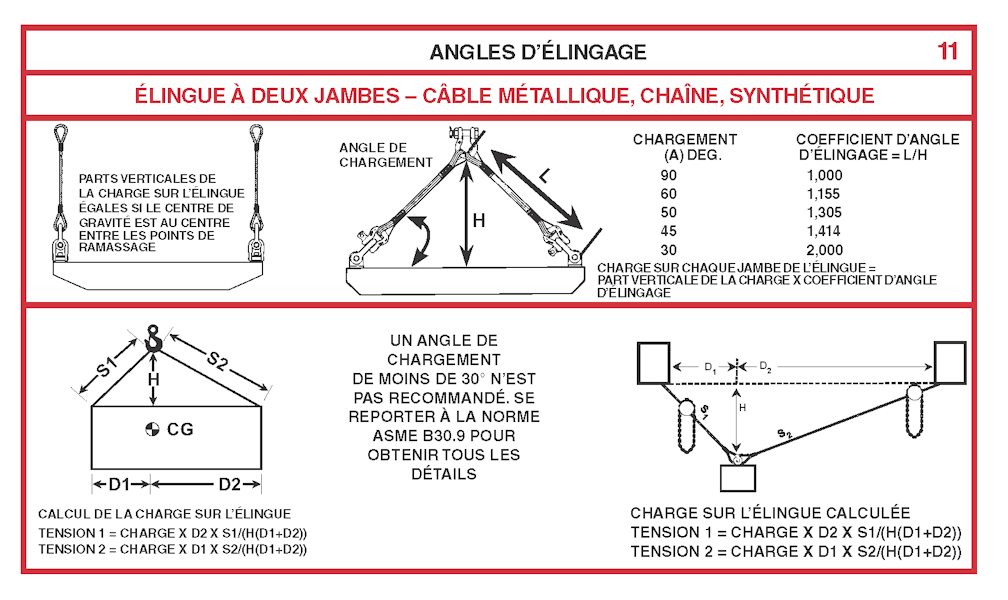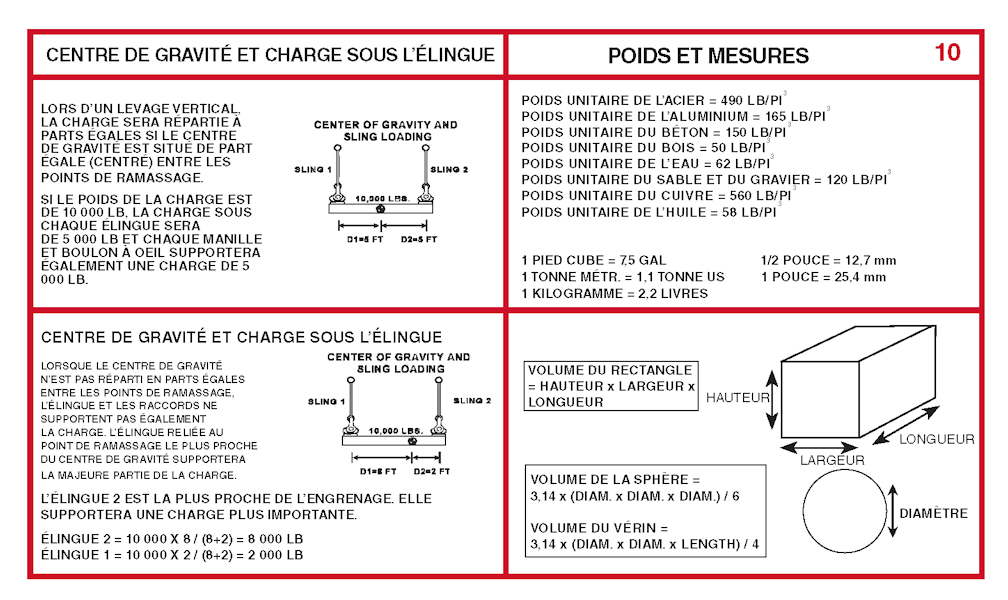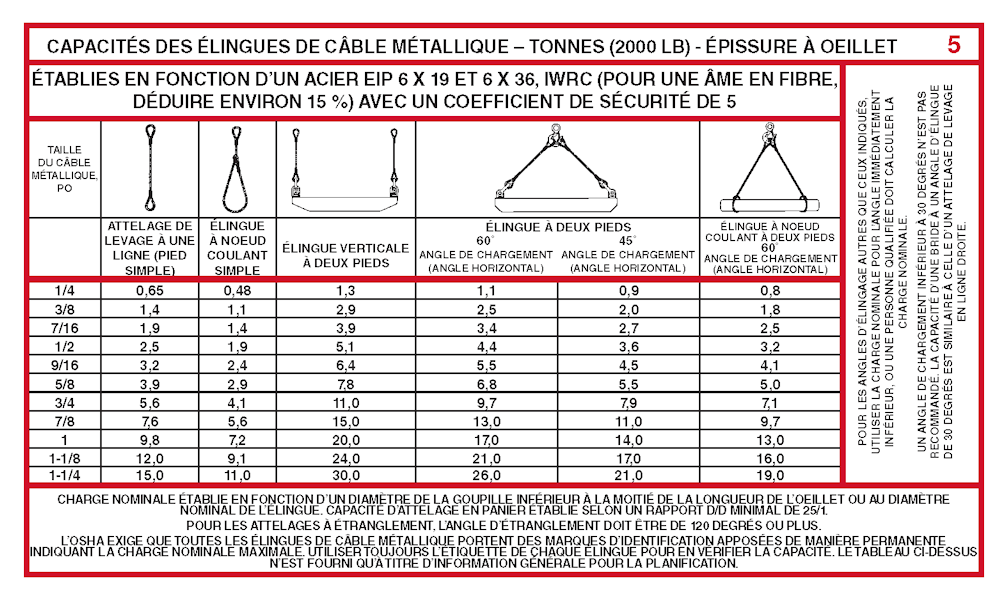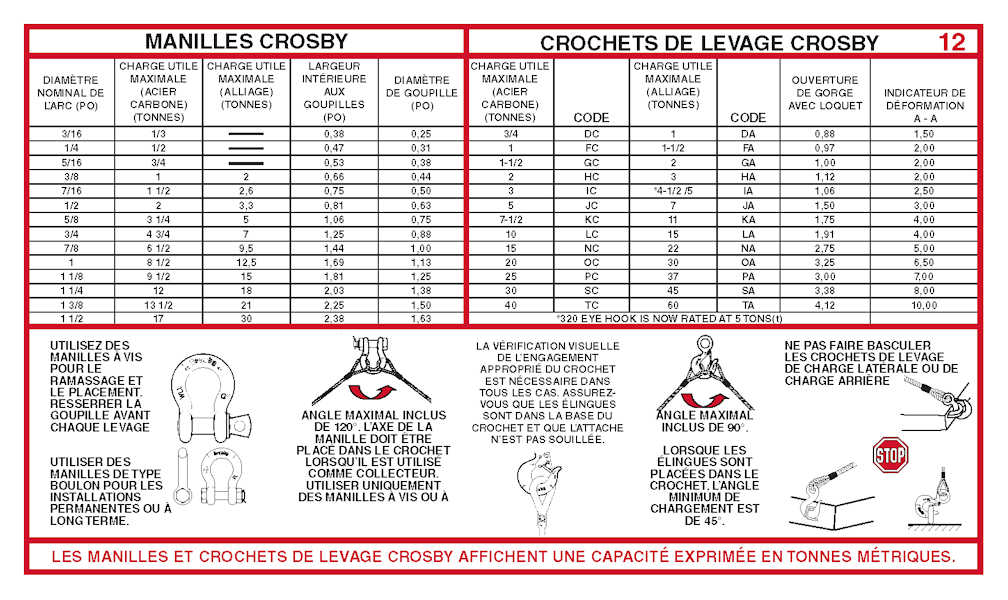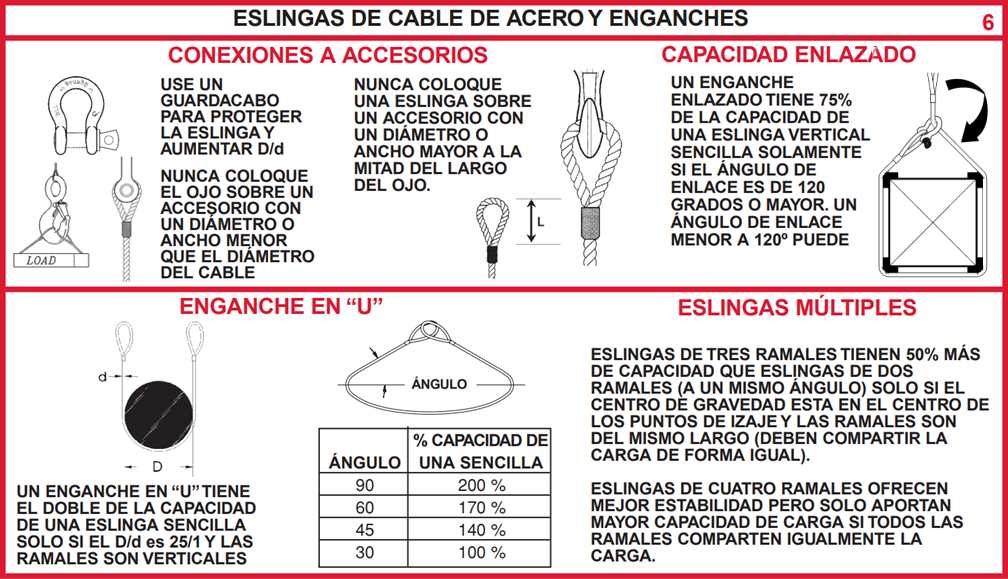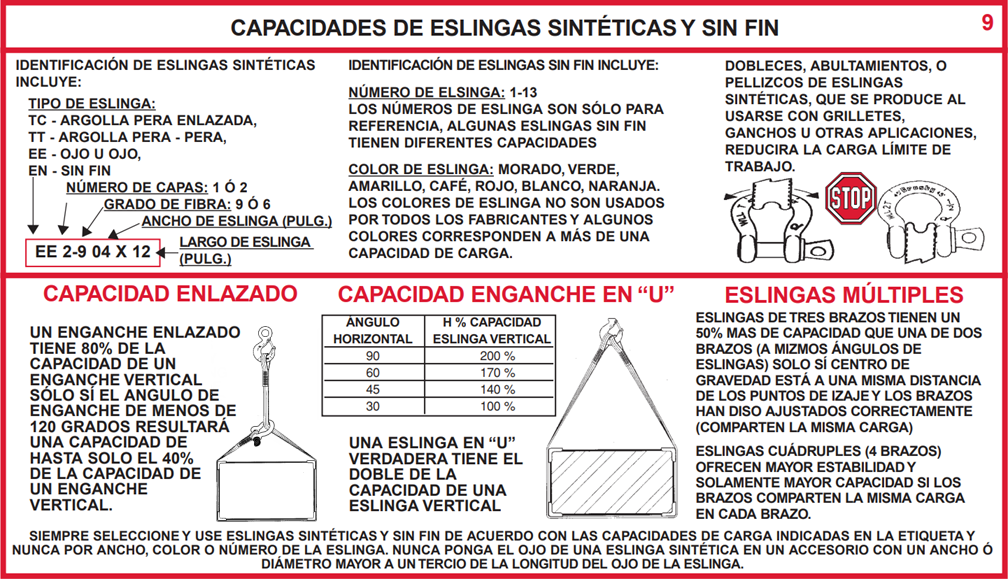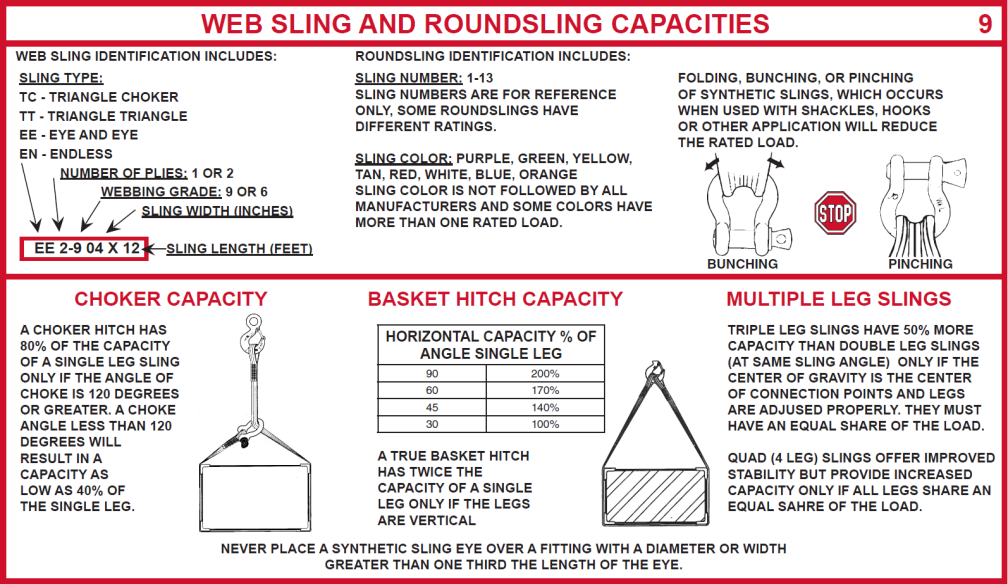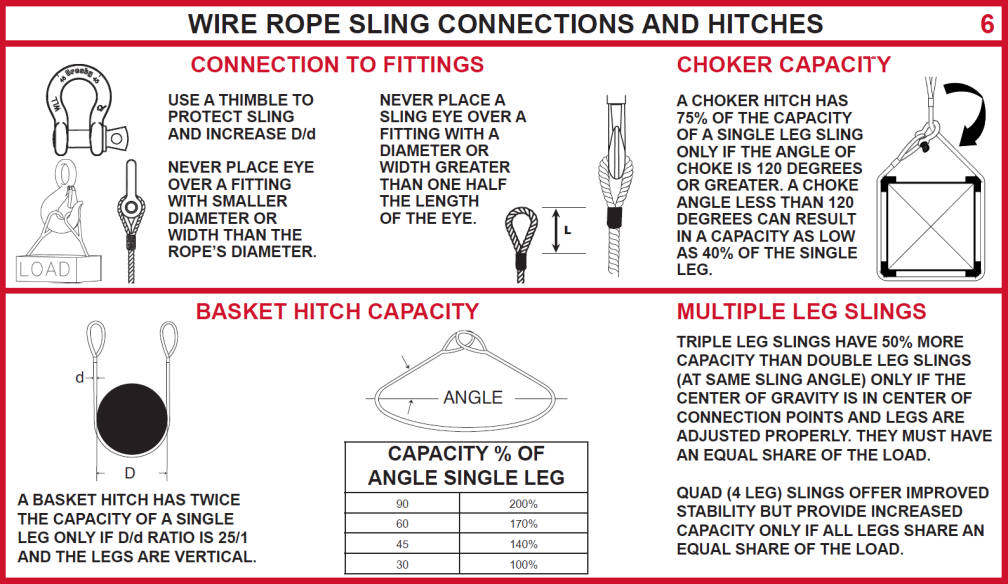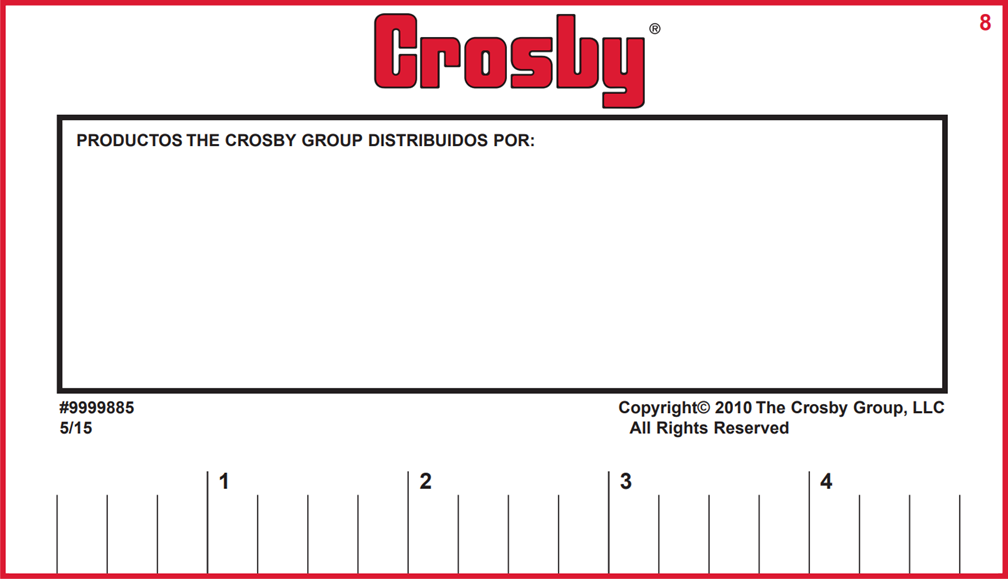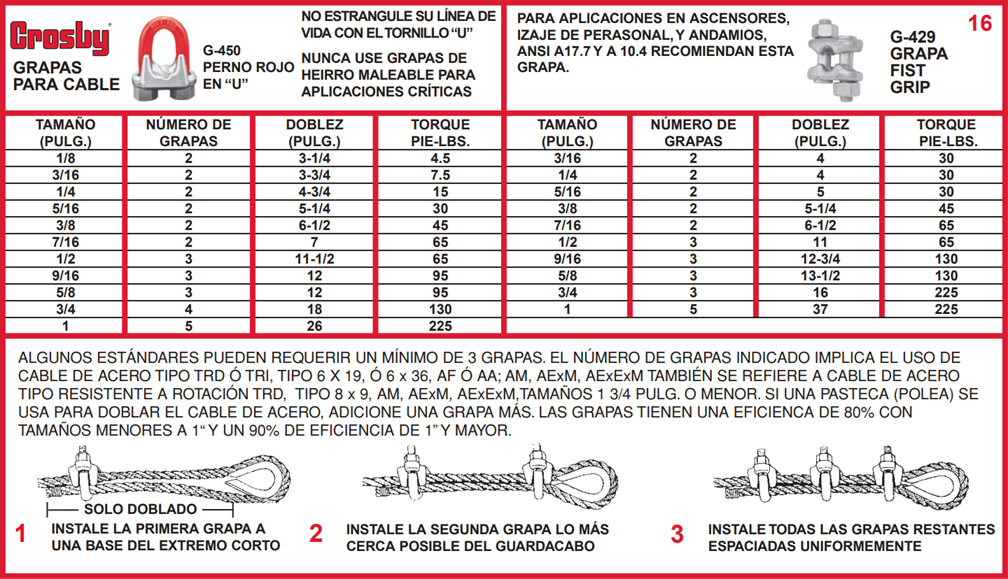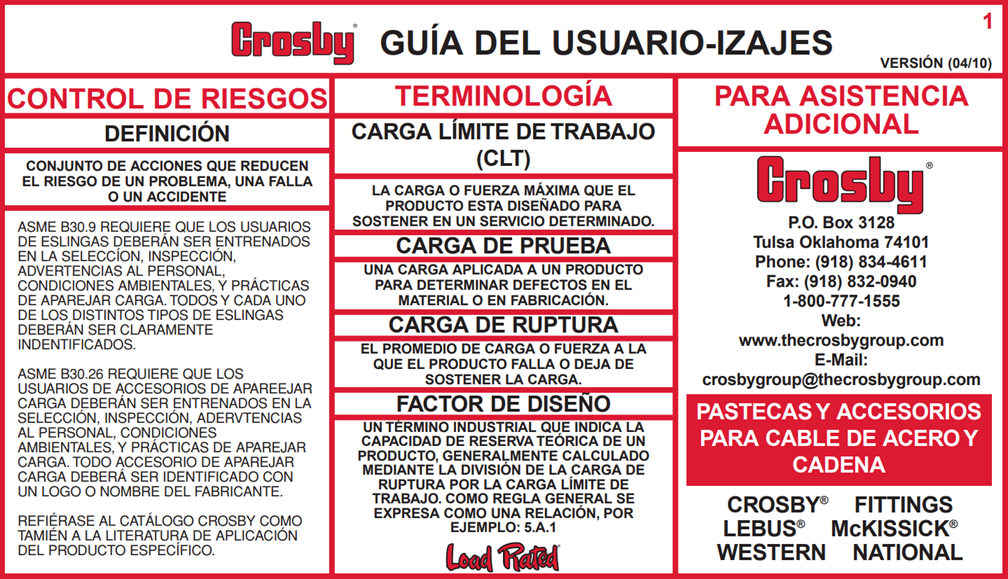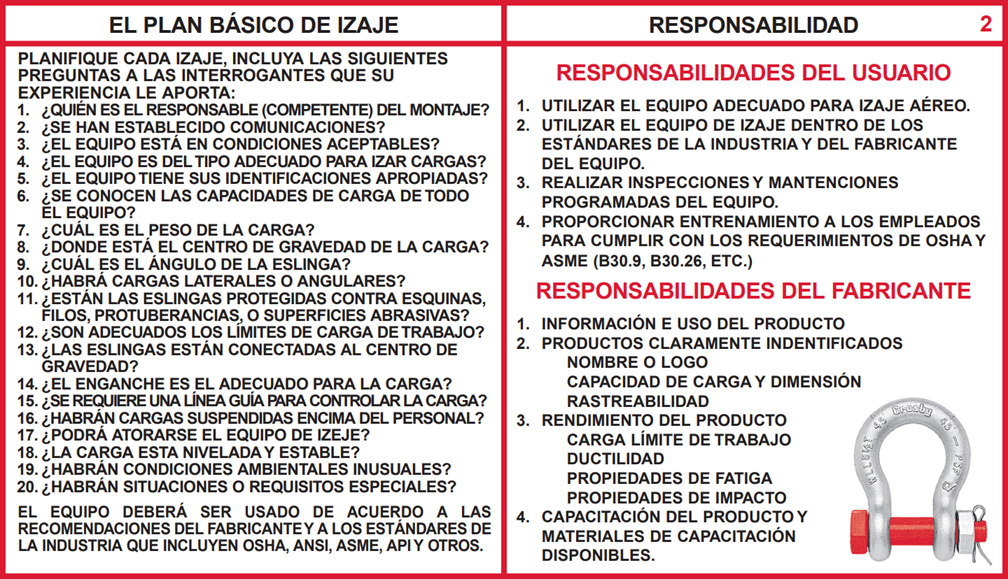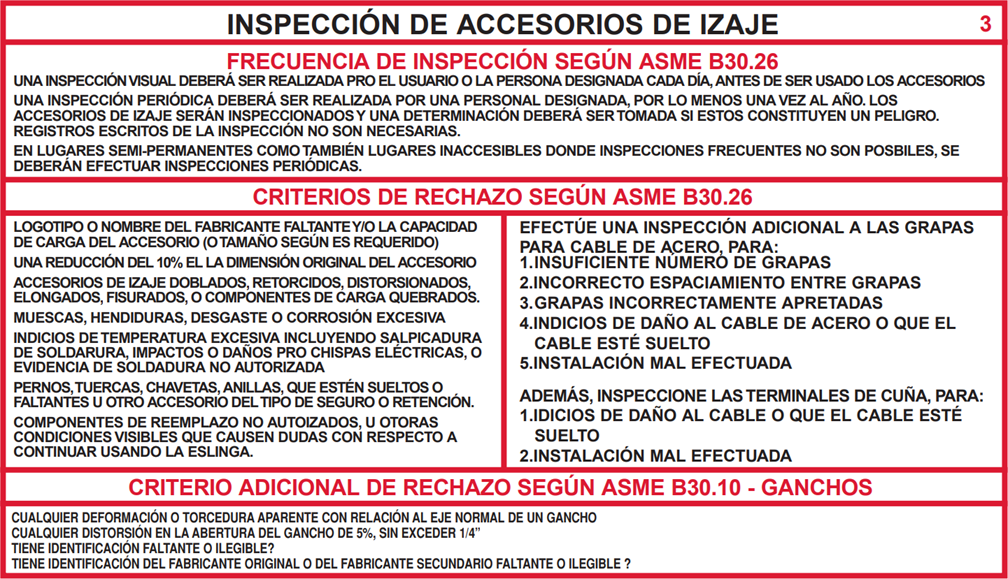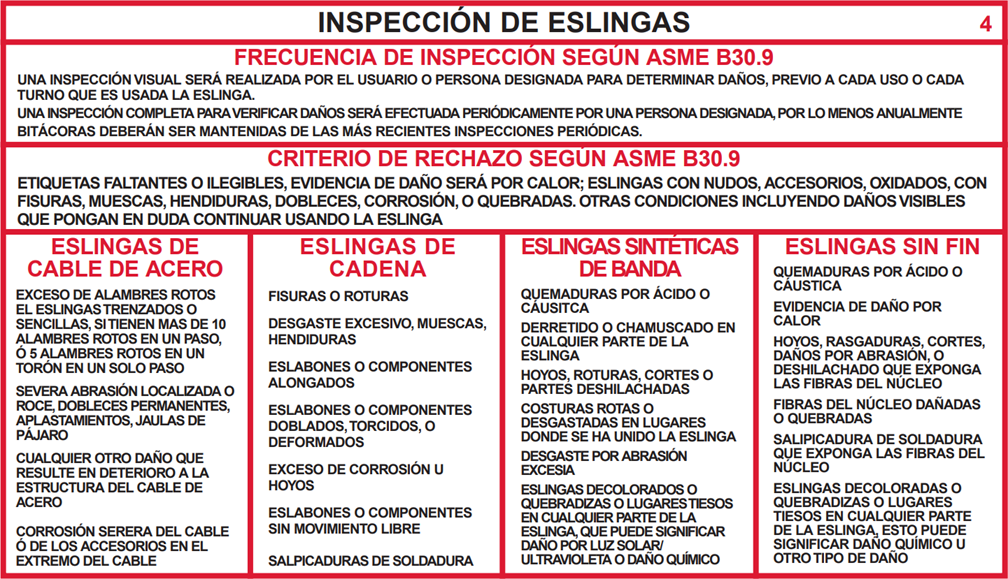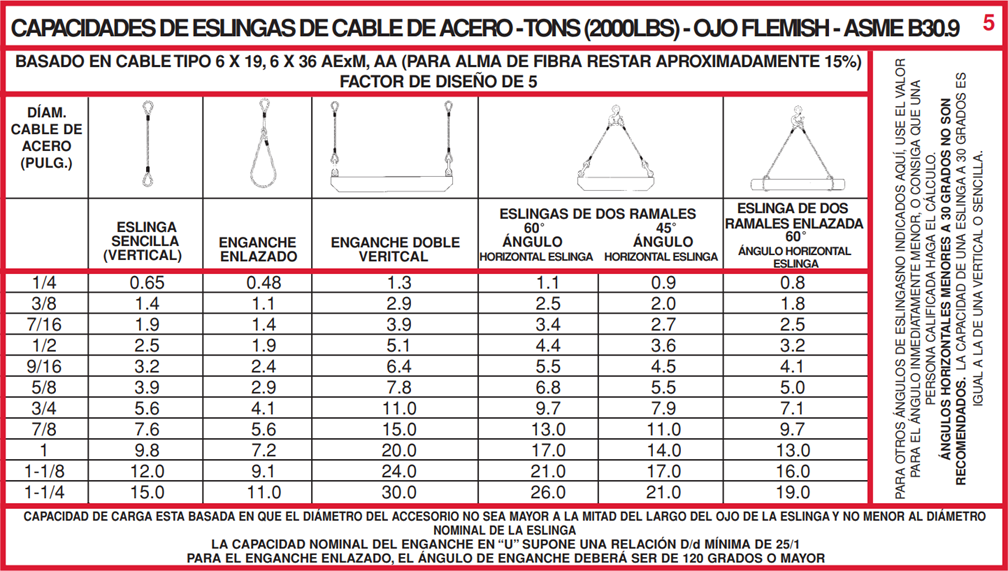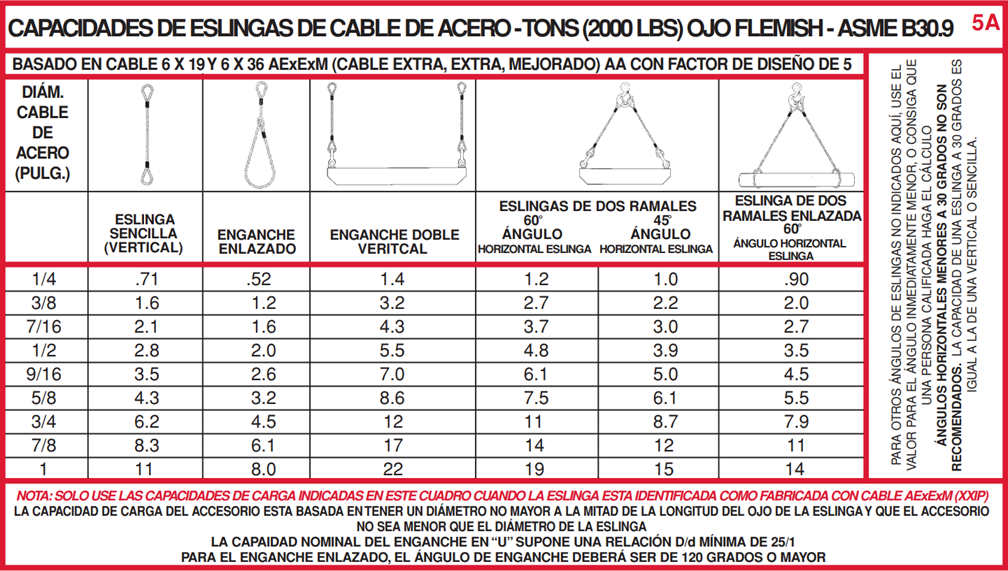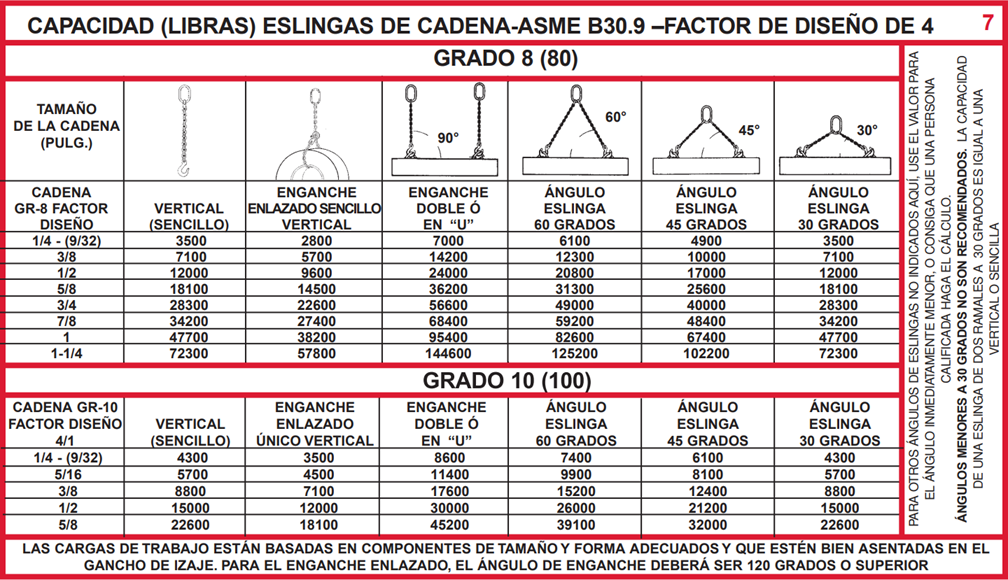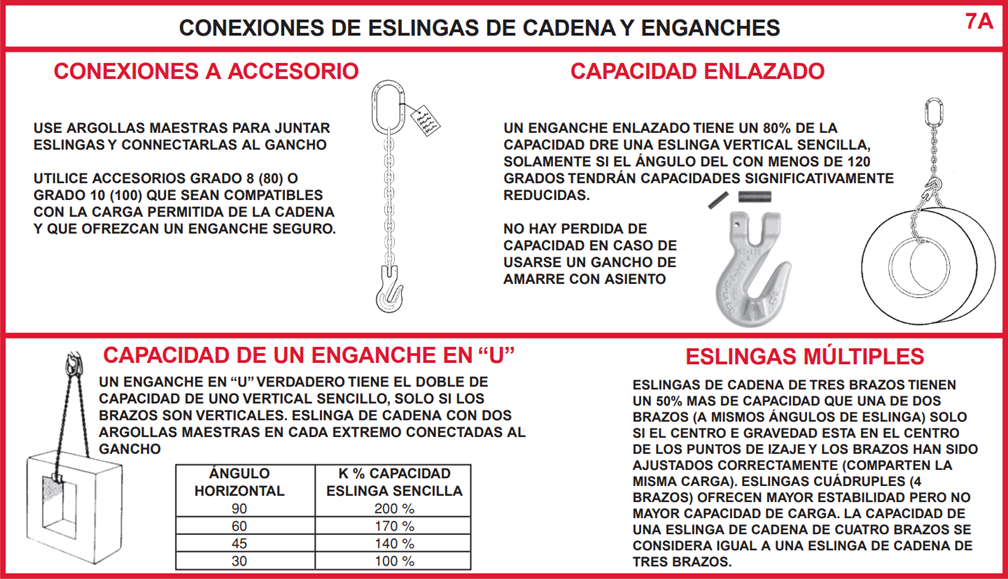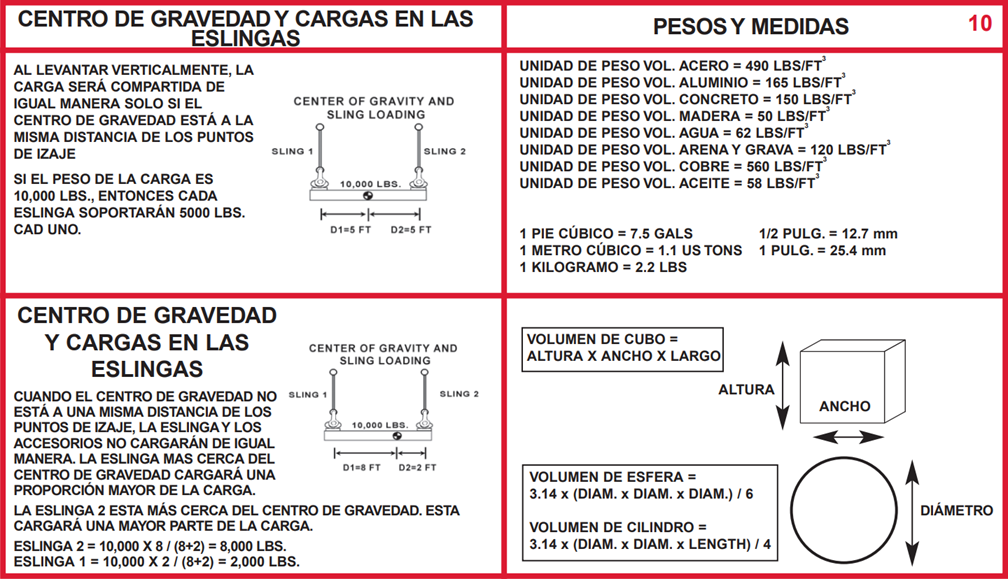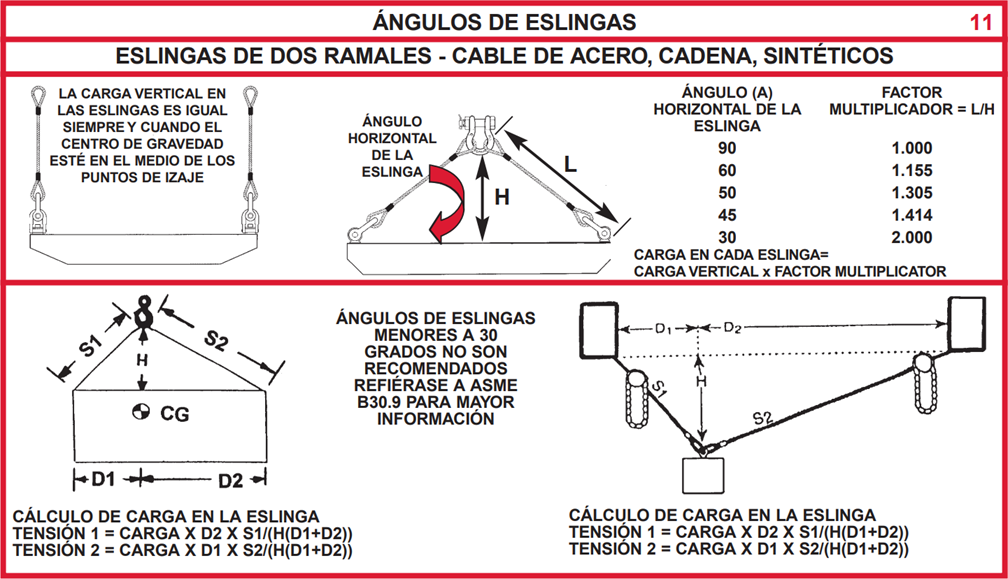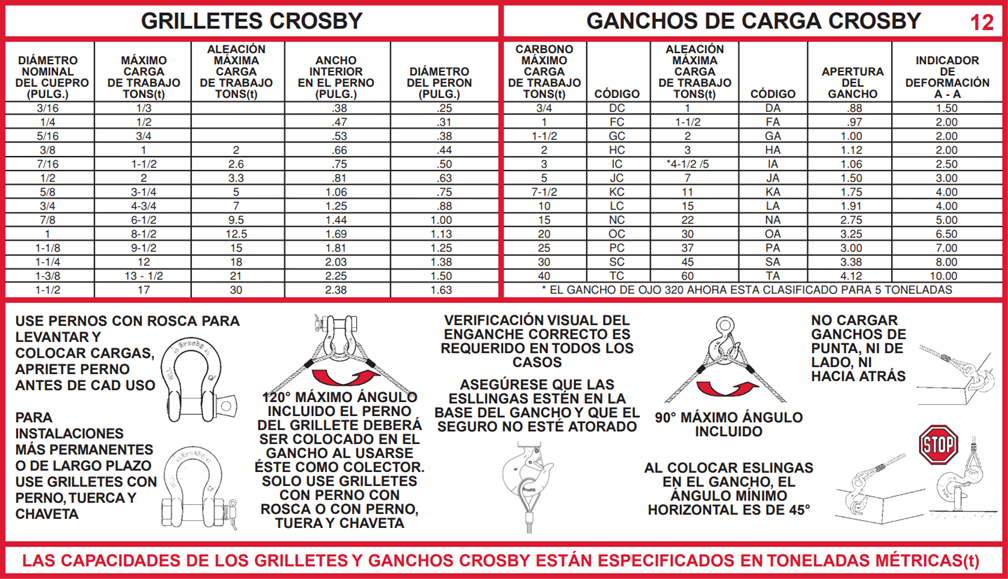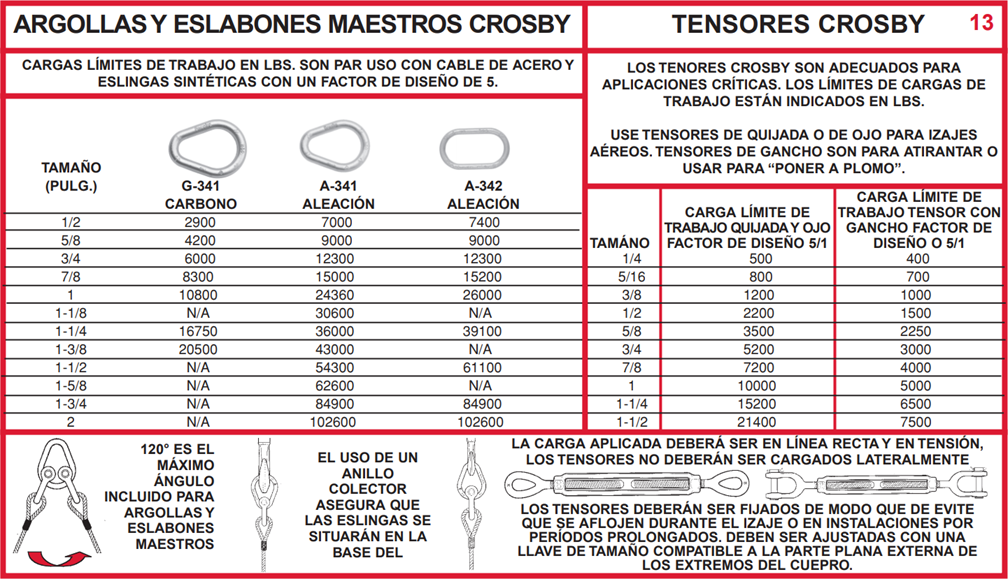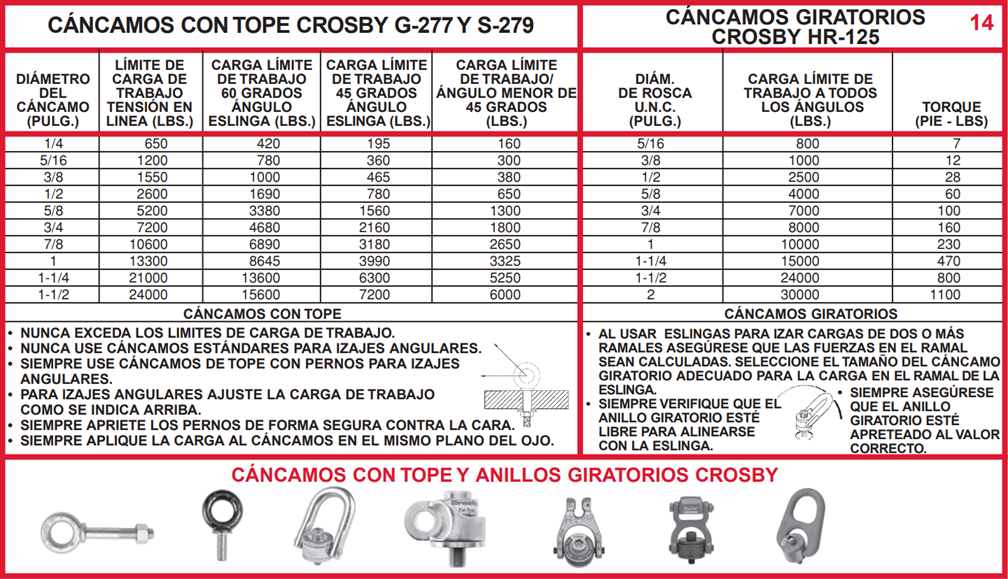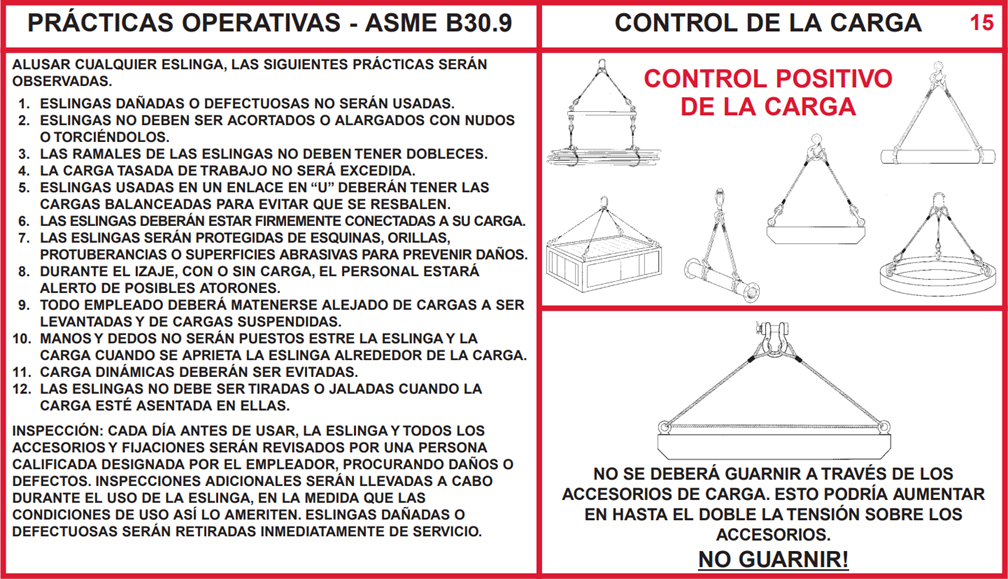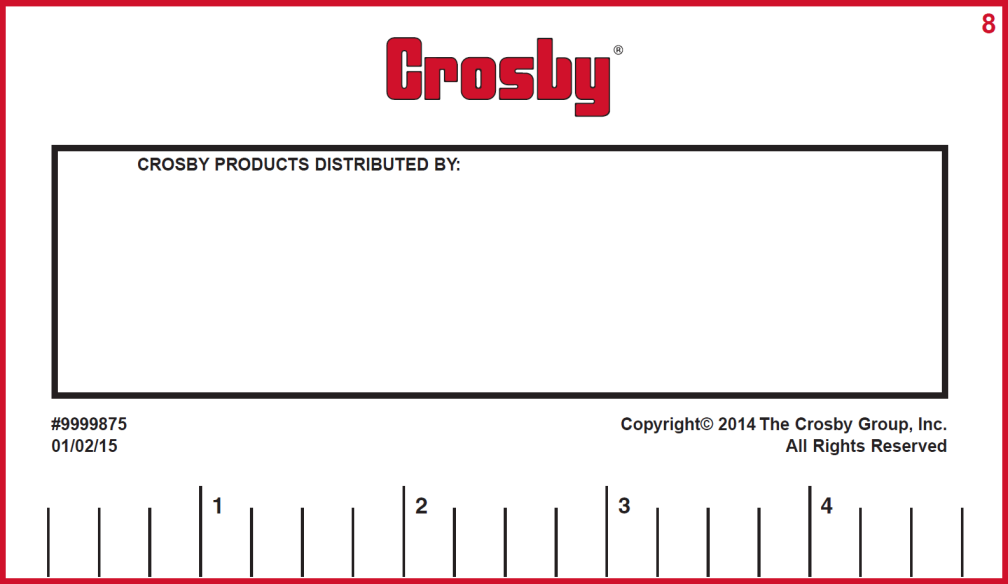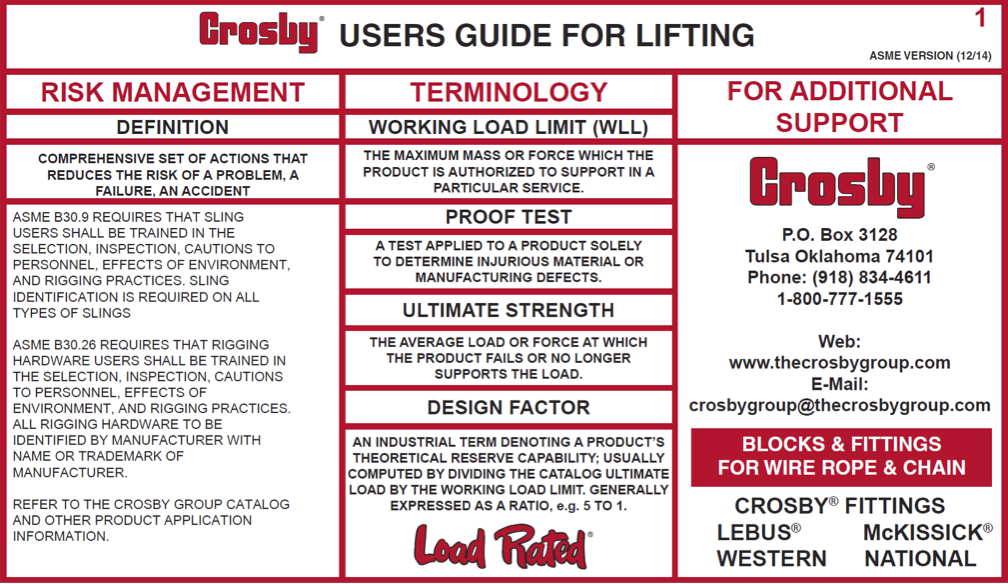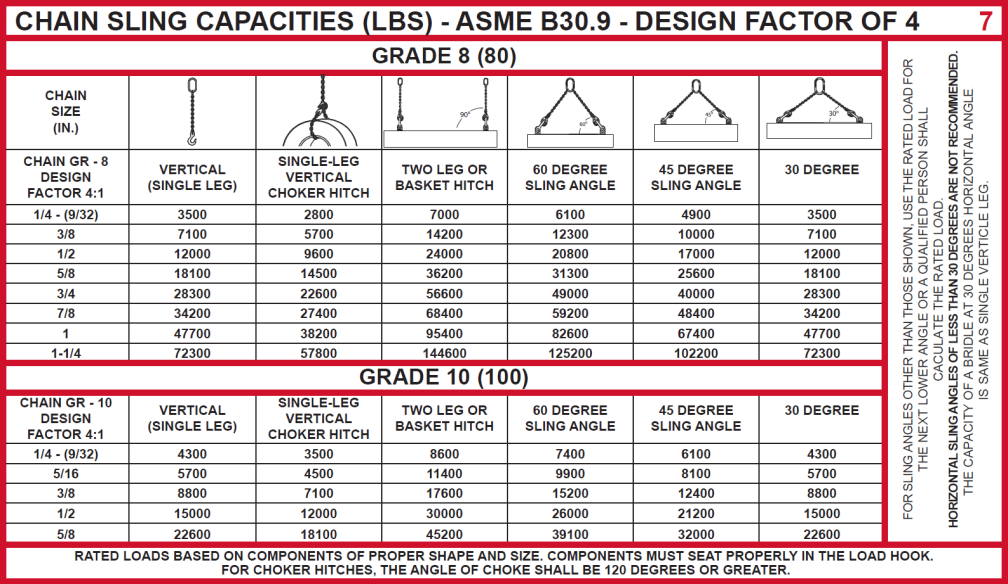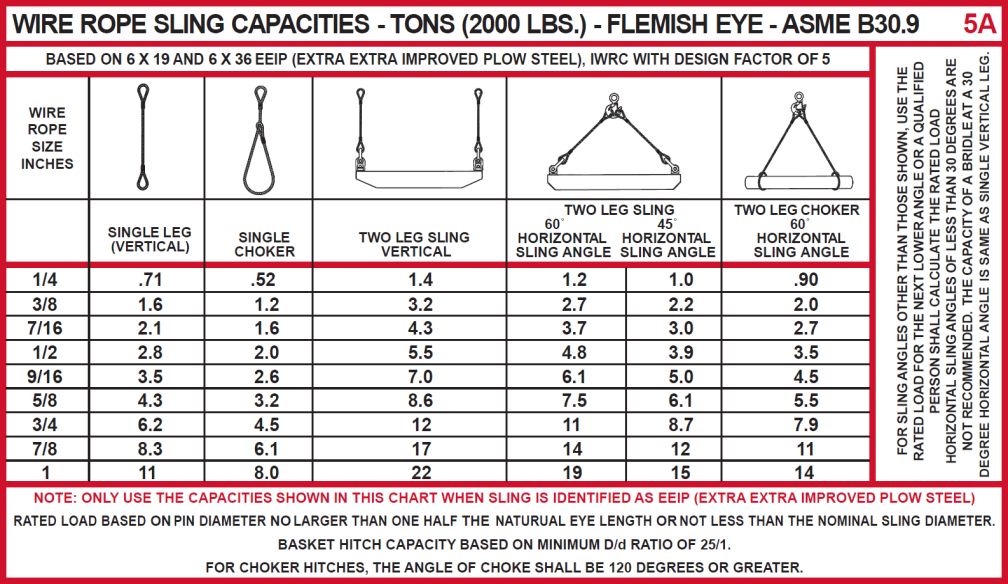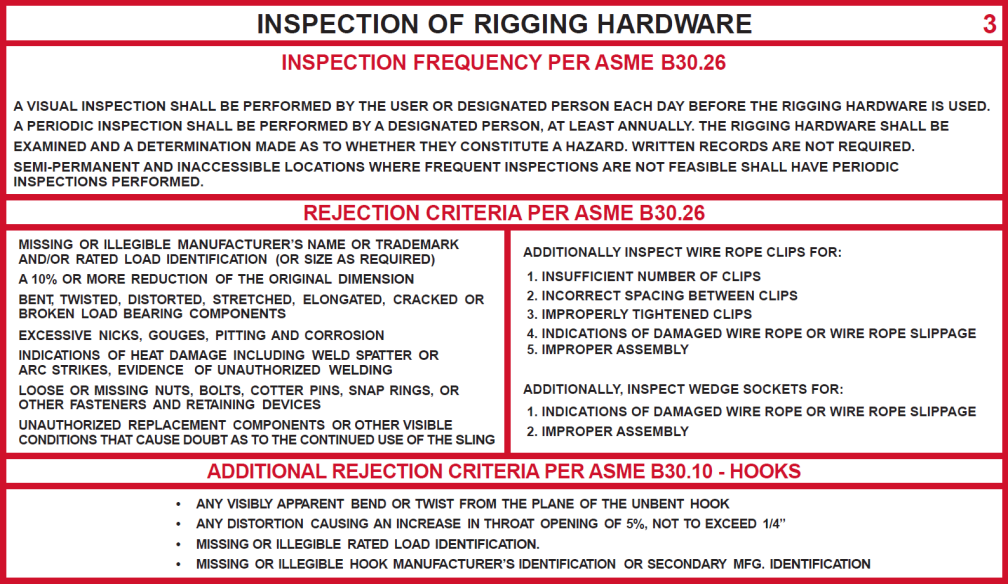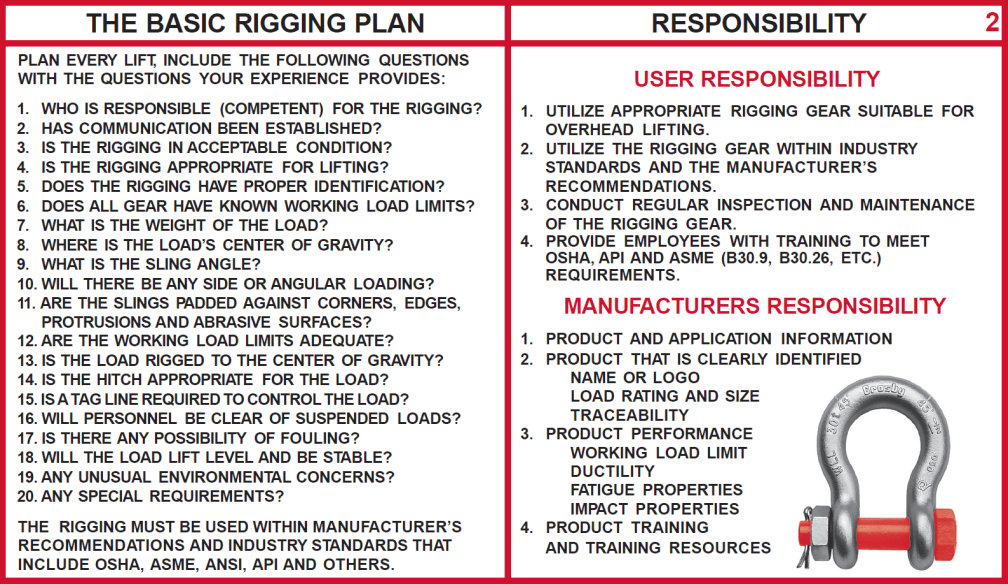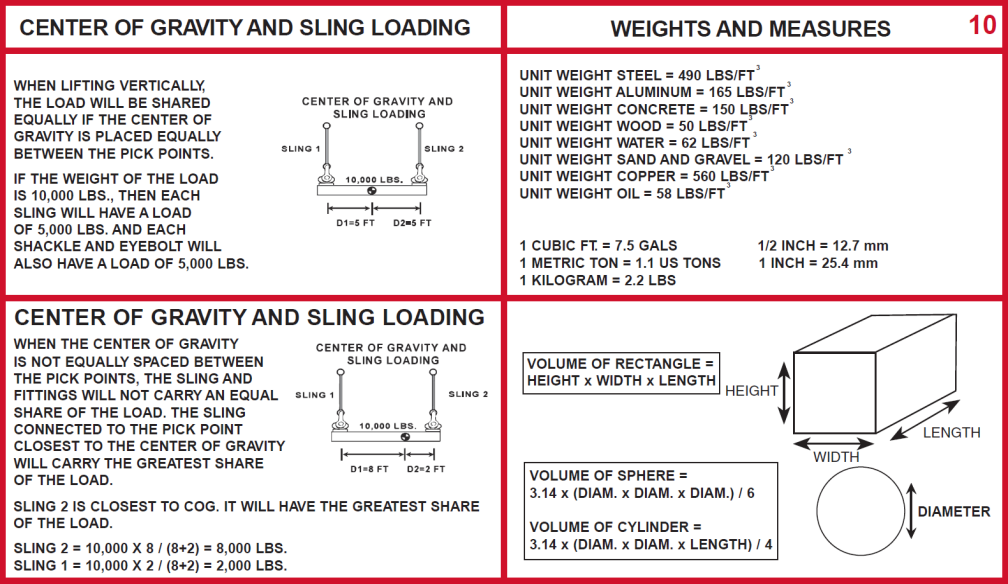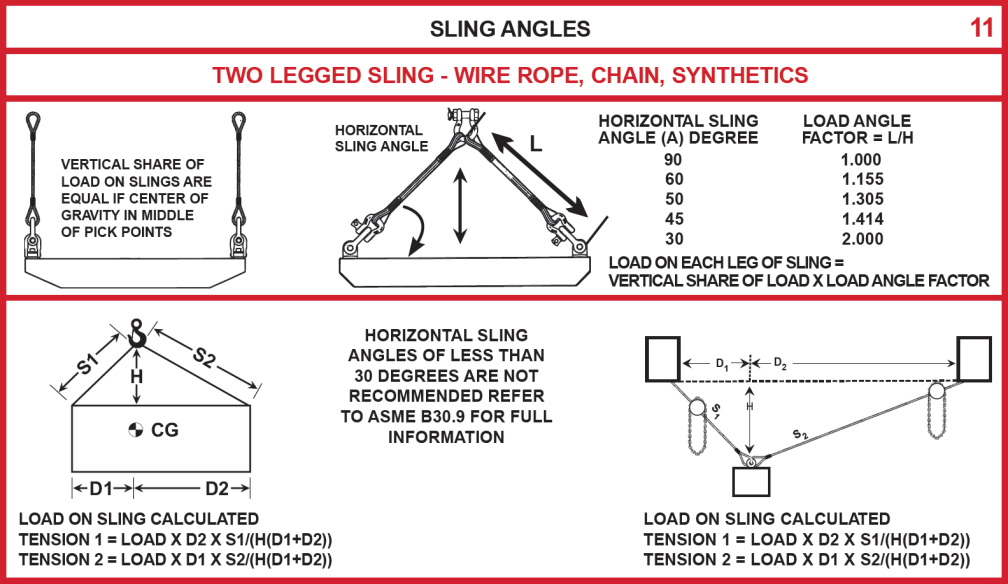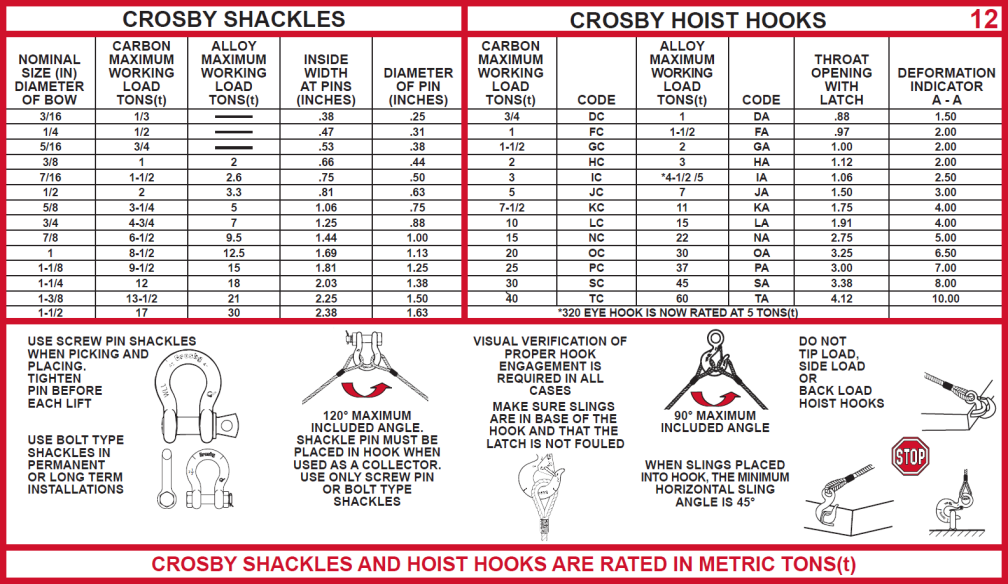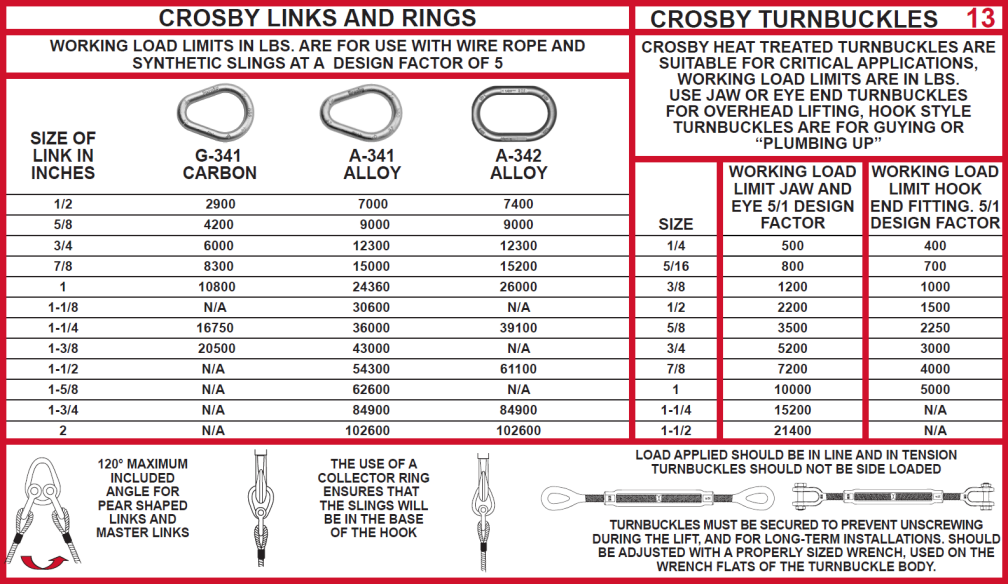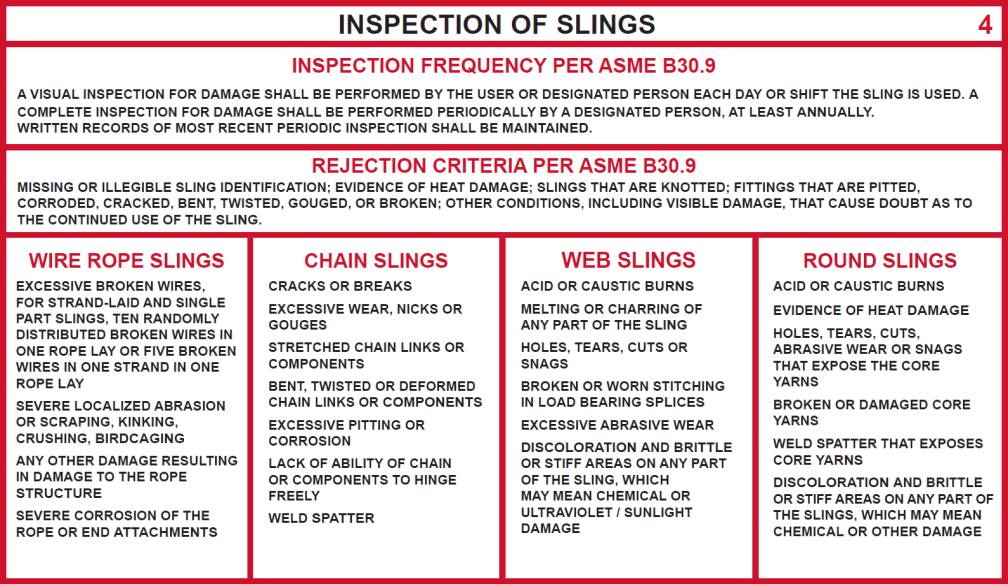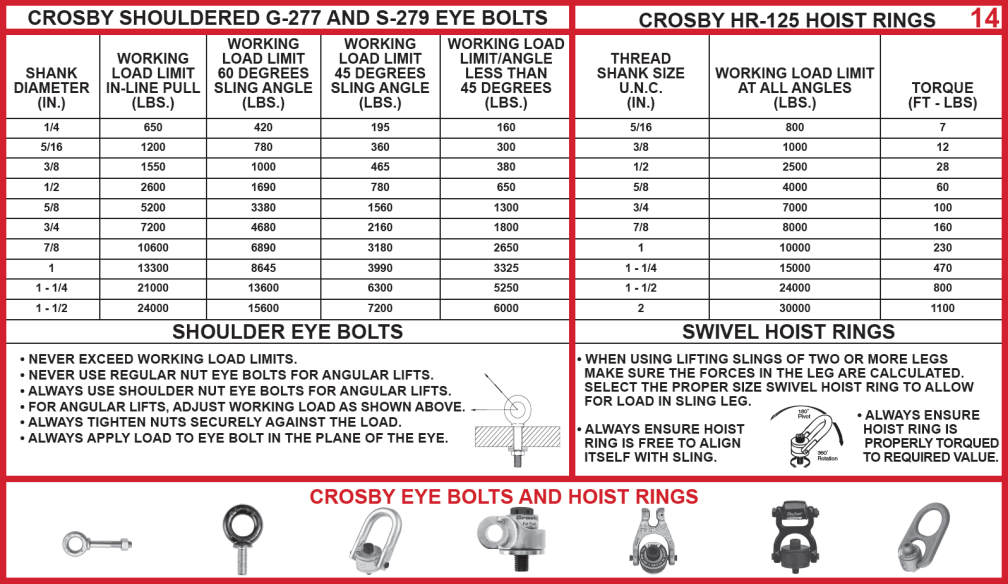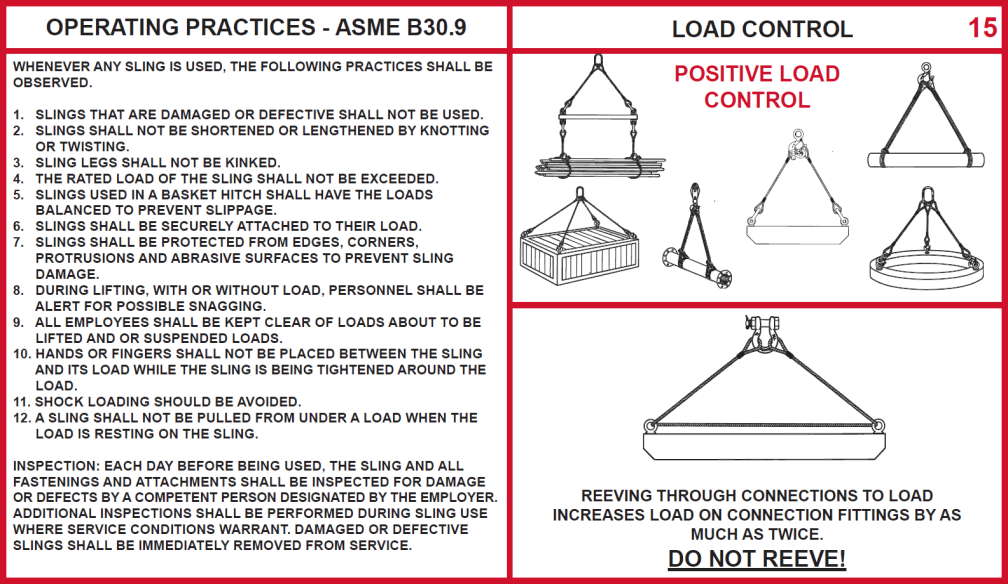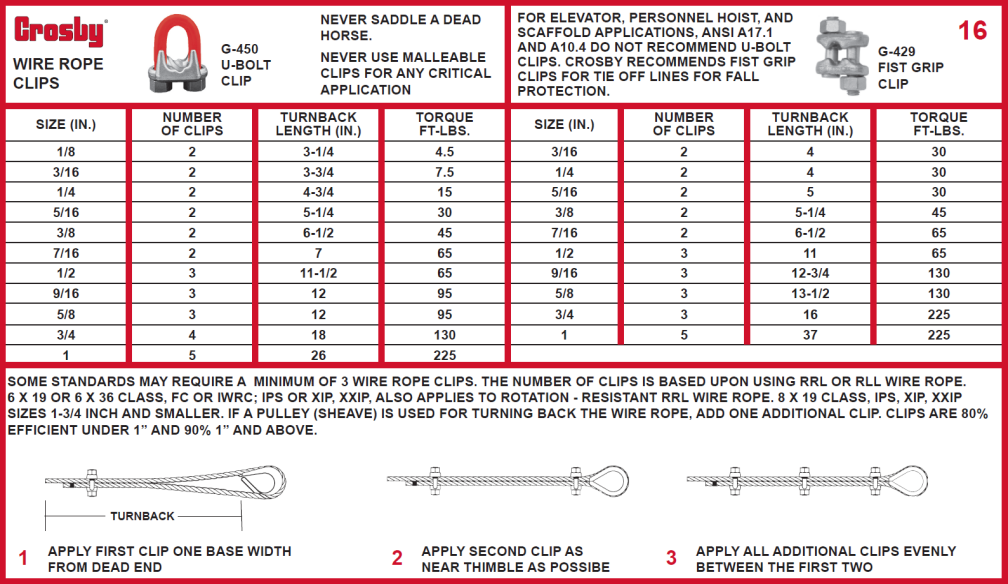← Back to Lesson Need help? Questions or comments?
During a Crosby training seminar, tests are given to allow the participant to gauge his or her current knowledge on rigging application and standards. The following test provides you the type of information you can expect to cover when you attend one of Crosby’s training seminars.
Quiz Summary
0 of 20 Questions completed
Questions:
Information
You have already completed the quiz before. Hence you can not start it again.
Quiz is loading…
You must sign in or sign up to start the quiz.
You must first complete the following:
Results
Results
0 of 20 Questions answered correctly
Time has elapsed
Categories
- Not categorized 0%
Try again!
Congratulations! You received a perfect score.
- 1
- 2
- 3
- 4
- 5
- 6
- 7
- 8
- 9
- 10
- 11
- 12
- 13
- 14
- 15
- 16
- 17
- 18
- 19
- 20
- Current
- Review
- Answered
- Correct
- Incorrect
- Question 1 of 20
1. Question
1. Which ASME standard addresses slings?
CorrectIncorrect - Question 2 of 20
2. Question
2. The new ASME B30.26 Rigging Hardware standard addresses which of the following products?
CorrectIncorrect - Question 3 of 20
3. Question
3. Which of the following rigging blocks are also included in the new ASME B30.26 standard?
CorrectIncorrect - Question 4 of 20
4. Question
4. The new ASME B30.26, and the revised B30.9 standard requires that the user be trained on the proper selection, inspection, cautions to personnel, effects of environment, and rigging practices.
CorrectIncorrect - Question 5 of 20
5. Question
5. The new ASME B30.26 standard requires that the identification on the hardware be a minimum of the:
CorrectIncorrect - Question 6 of 20
6. Question
6. The new ASME B30.26 standard addresses:
CorrectIncorrect - Question 7 of 20
7. Question
7. Which of the following Crosby shackles can be used for overhead lifting applications, when following WLL and other stated limitations?
CorrectIncorrect - Question 8 of 20
8. Question
8. Wire rope and synthetic slings addressed in the B30.9 ASME standard require:
CorrectIncorrect - Question 9 of 20
9. Question
9. How tight do you tighten a screw pin shackle?
CorrectIncorrect - Question 10 of 20
10. Question
10. As a general industry practice, a four-legged wire rope or synthetic bridle assembly is usually tagged with the capacity based on:
CorrectIncorrect - Question 11 of 20
11. Question
11. Four-legged chain sling bridle assemblies generally have a capacity on their tag based on:
CorrectIncorrect - Question 12 of 20
12. Question
12. In rigging triangle applications, the maximum included angle at the top, if a shackle is used would be:
CorrectIncorrect - Question 13 of 20
13. Question
13. In rigging triangle applications, the maximum included angle at the top, if a hook is used would be:
CorrectIncorrect - Question 14 of 20
14. Question
14. In rigging triangle applications, the sum total of tension in the slings equals the loading seen at the top connection.
CorrectIncorrect - Question 15 of 20
15. Question
15. In sheave applications, the D/d ratio is generally measured by:
CorrectIncorrect - Question 16 of 20
16. Question
16. The maximum diameter/width of a fitting in the eye of a wire rope sling (Per ASME B30.9):
CorrectIncorrect - Question 17 of 20
17. Question
17. An S-209 Crosby shackle with a marking on the shackle of 1 inch will have which of the following?
CorrectIncorrect - Question 18 of 20
18. Question
18. The minimum D/d ratio for snatch blocks per ASME B30.26 is:
CorrectIncorrect - Question 19 of 20
19. Question
19. In order to use eye bolts at the load in a two legged rigging triangle application, which of the following would be a true statement?
CorrectIncorrect - Question 20 of 20
20. Question
20. When using a two legged bridle assembly, which statement is the best? (Assuming horizontal sling angle is 30 degrees and the load weighs 2 tons with COG equal distance from pick points.)
CorrectIncorrect
